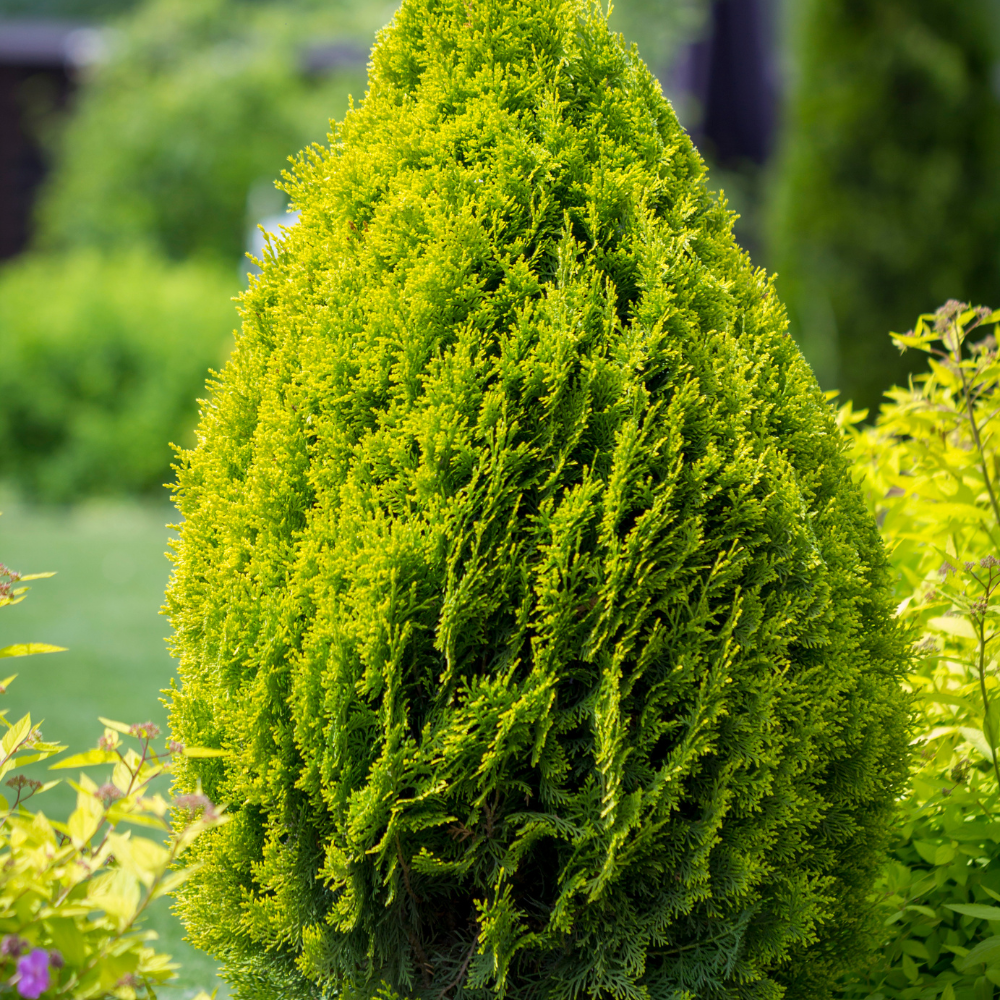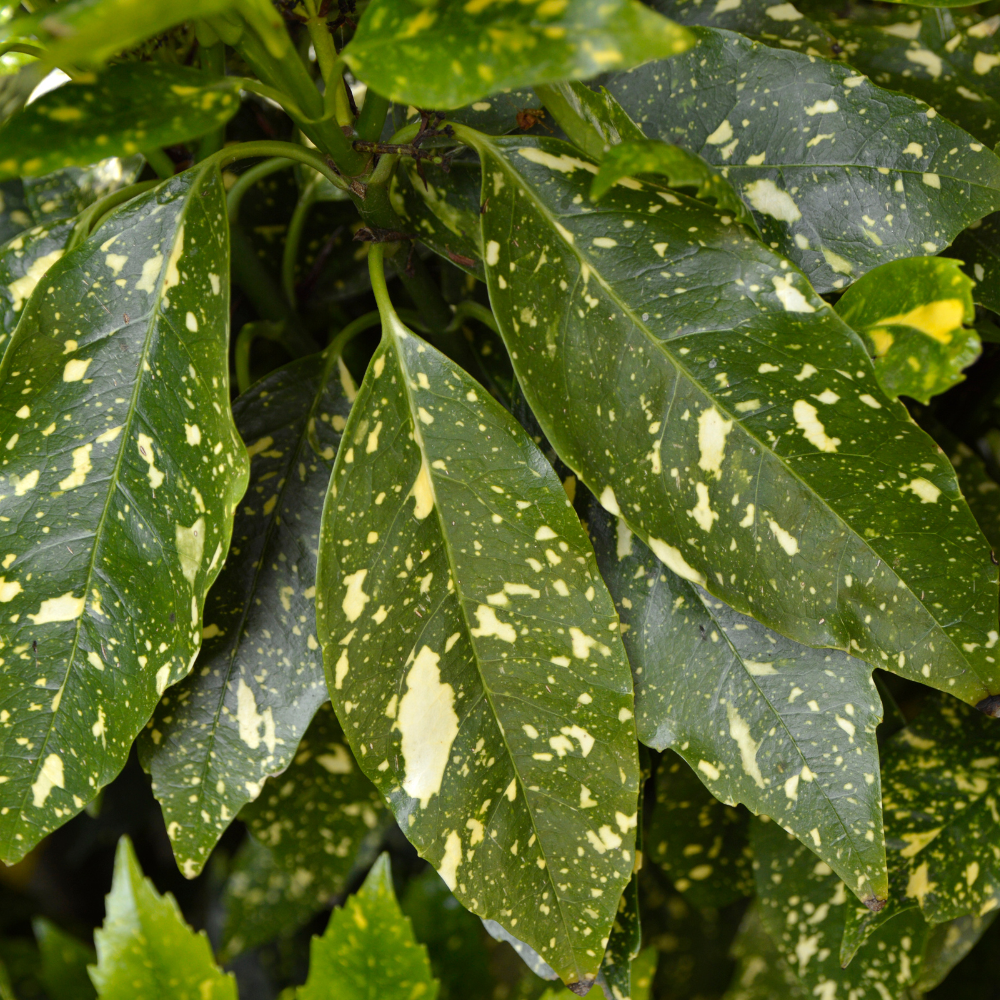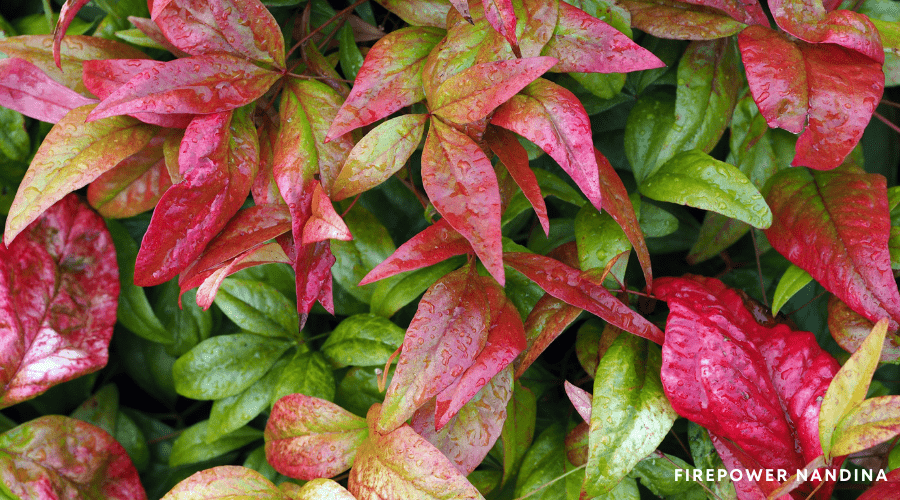Shrubs
All About Shrubs
Shrubs play many important roles in landscaping. They can serve functional purposes such as creating privacy, providing windbreaks, defining boundaries, preventing soil erosion, and screening unsightly views. They can also serve as ornamental features in the garden by producing beautiful flowers or interesting foliage.
Shrubs are like trees in that they are woody and perennial (meaning they come back for several years). Unlike most trees, shrubs are generally characterized by multiple stems rather than a single, dominant trunk. They usually reach smaller mature heights compared to trees as well (generally shrubs range from a few feet up to no more than 15 feet). Shrubs come in a wide variety of shapes, sizes, forms, and colors. One of the first considerations when choosing a shrub to meet your needs is whether it is deciduous or evergreen; deciduous shrubs lose their leaves in the winter while evergreen shrubs retain leaves throughout the year.
Browse some of our top-selling shrub categories below. If you don’t see what you’re looking for or want to search for other options, we have provided some helpful links below.

Althea
Hibiscus syriacus
Althea, or Rose of Sharon, refers to a group of flowering shrubs and small trees that belong to the Hibiscus syriacus species. They are members of the Malvaceae family, which also includes other well-known plants such as hibiscus and okra. Althea shrubs and trees bloom profusely from summer through early fall. Their flowers resemble tropical hibiscus blooms, and there are so many bloom colors from which to choose – shades of white, pink, purple, and even blue. The blooms often have contrasting centers, and they are rich in nectar making them attractive to pollinators.
Fun fact: The term ‘Rose of Sharon’ appears in the Old Testament (Song of Solomon 2:1).
Some of our top-selling Althea varieties are Lil’ Kim® and the Smoothie series, but there are so many beautiful varieties. Explore more varieties using the button below and find your favorites!

Arborvitae
Thuja
Arborvitae is a genus of evergreen coniferous trees and shrubs belonging to the cypress family (Cupressaceae). These lush evergreens are typically characterized by soft-needled, flattened sprays of densely arranged foliage in various shades of green, yellow, and even golden hues. Arborvitae species vary widely in growth habit and size, with some being small shrubs and others growing into larger trees. Smaller varieties are popular for foundation plantings, low hedges, small garden spaces, and even in containers. The larger varieties make effective privacy screens, tall hedges, and attractive specimen plants, too.
Fun fact: In Latin, ‘arborvitae’ means ‘tree of life.’
Top-selling arborvitae varieties include Emerald Green, Green Giant, Degroot’s Spire, Zmatlik, Mr. Bowling Ball, and Berkman’s Gold.

Aucuba
Aucuba
Aucuba is a genus of evergreen shrub belonging to the Garryaceae family. The most well-known species in this family is Aucuba japonica (all of our top-selling varieties belong to this species), commonly known as Japanese laurel. Aucuba are well-liked for their attractive, leathery foliage that brightens up shady spots in the garden.
Top-selling aucuba varieties are Mr. Goldstrike, Gold Dust, and Picturata.

Azalea
Rhododendron
Azalea is a genus of flowering shrubs and small trees that belong to the family Ericaceae. These plants are known for their spectacular and colorful flowers, making them popular in gardens and landscapes. There are both deciduous and evergreen azalea varieties, and both prefer acidic soil, high in organic matter as well as a site that is protected from the afternoon sun making them great choices for understory plantings and woodland gardens.
Deciduous azaleas bloom in early spring before their leaves emerge, and many of the evergreen reblooming varieties bloom in early spring, take a brief rest, then begin blooming again in mid-summer.
Our most popular azalea varieties are in the ReBLOOM™ series, and the Encore® series.

Barberry
Berberis
Barberry is a genus of mostly deciduous shrubs that belong to the family Berberidaceae. Barberries are known for their thorny branches, small berries, and brightly colored foliage in shades of yellow, purple, red, and even variegated colors. If you think thorns are undesirable, consider that many herbivores (like deer, for instance) are deterred by them, too!
Barberry shrubs range in height from 1-6′ and in width from about 2-6′. They are an excellent choice for landscape borders or foundation plantings.
Some of our top-selling barberry varieties are Orange Rocket, Rose Glow, Crimson Pygmy, Golden, and Admiration.

Boxwood
Buxus
Buxus is a genus of woody plants commonly known as boxwoods. These plants belong to the family Buxaceae and are characterized by their dense, evergreen foliage and small, often glossy leaves. Some boxwoods are low-growing and rounded, while others reach heights and widths of 5′, and still others are even taller and more upright, or even pyramidal, in growth habit. Boxwoods are a popular choice for low, formal hedges, defining borders, and creating topiaries.
Top-selling boxwood varieties are Baby Gem™, Winter Gem, Green Velvet, Wintergreen, and Green Tower®.

Butterfly Bush
Buddleia
Buddleia, commonly known as butterfly bush, is a genus of flowering plants that belongs to the family Scrophulariaceae. Butterfly bushes are known for their large, fragrant, panicle-shaped flower clusters that attract butterflies and other pollinators. Flower colors include white and different shades of blue, purple, and pink. Some varieties are bred to be low-growing while others reach heights and widths of 6′. They prefer well-drained soil and are excellent in sunny mixed perennial beds and pollinator gardens.
The most purchased butterfly bush varieties are the Pugster series from Proven Winners®, Black Knight, Royal Red, Pink Delight, and Miss Molly.

Crape Myrtle
Lagerstroemia
Crape myrtles are deciduous trees and shrubs ranging from about 18″ up to 25′ or taller in our part of the world (learn how we classify crape myrtles by mature size). Their showy, crinkled petals somewhat resemble crepe paper, and they burst forth in a rainbow of colors in the summer months. While many people thing about summertime and beautiful blooms when they think about crape myrtles, many varieities also have attractive bark that provides winter interest as well.
There are a few common species of crape myrtles: indica, speciosa, and fauriei. Indica and fauriei are the most common species found at Marcum’s Nursery. Indica is the most commonly cultivated species and is known for its long blooming period, and fauriei is noted for its resistance to mildew.
Crape myrtles prefer warm climates, lots of sunlight for blooming, and they are moderately drought-resistantant once established. These ornamental trees and shrubs are so versatile in the landscape where they can be used for hedges, screens, and even as standalone specimen plants.
Some of the most sought crape myrtle varieties at Marcum’s Nursery are Pocomoke, Dynamite®, Princess Lyla™, Red Rocket, Ebony Flame, and Natchez.

Roses
Rosa
Timeless treasures of the garden, grace landscapes with their captivating beauty and intoxicating fragrance.
From classic Hybrid Teas with their large, impressive blooms to the ever-blooming Floribunda roses, the possibilities are endless. Prefer cascading displays? Our Climbing Roses add vertical interest and elegance.
Fun Fact: The rose is the official flower of the United States.


Back to Home